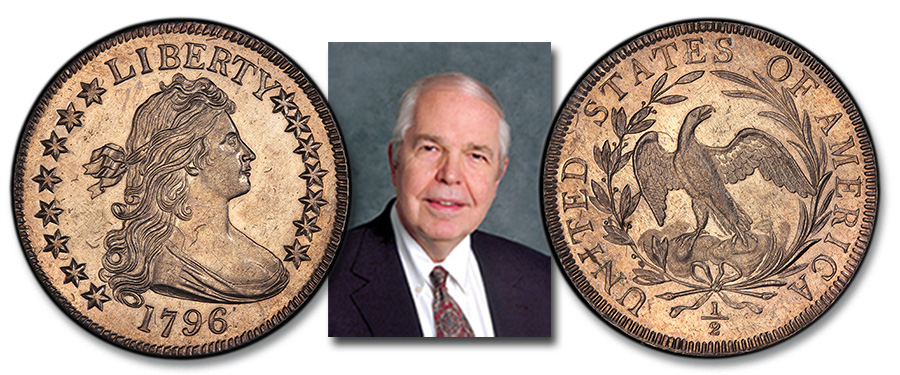
When the dies of a coin in a coining press were spaced slightly
apart, the metal in the planchet didn’t fill the deepest recesses of the dies,
and the resultant coins were lightly struck in areas, especially on the high
points. Sometimes in a series, scattered
varieties are usually weak, while others are sharp. Among the Morgan silver dollars, those
made at the New Orleans Mint are often weak at the centers of the obverse and
reverse, while most struck at San Francisco are sharp. Among Buffalo nickels, many Denver Mint
coins of the 1920s are weak, and the 1926-D is sometimes so weak that many
features are blurred and indistinct.
It was efficient for press operators at the mints to space the
dies slightly too far apart, as the dies did not wear so quickly and planchets
that were slightly overweight did not cause problems. Some improperly annealed planchets were
too hard and struck up poorly.
Today, the difference between a sharply struck coin and a weakly
struck one can have a profound effect on its value. In other instances, few people care or
know about such variations.
To determine whether a coin is sharply or weakly struck, it is
important to know the details originally present in the die used to strike the
coin. On the Washington quarter
dollars of 1932 to 1998, the hair on the portrait is not sharp, as the design
was taken from a marble bust that lacked such detail. Accordingly, even the best struck
Washington quarters from this era do not have minutely defined hair strands. On the other hand, on the Draped Bust
obverse design used for half dollars from 1796 to 1807, Miss Liberty’s portrait
has finely delineated hair strands. A
high grade 1806 half dollar with few hair details would be considered a weak
strike, while a 1932 Washington quarter would not.
To determine what details are present in a design, look at
photographs in catalogs and reference books.
On many silver and gold coins, details of the eagle on the
reverse—such as the feathers on the breast or, on the Peace silver dollar
(1921-1935), the high part of the wing—are apt to be lightly struck at the
center. On many 19th-century coins,
one or both legs of the eagle can be weak.
If a wreath is present on a coin, one or the other side of it may
have some weak leaves or other features. On
some coins in various series, the toothlike projections around the border,
called dentils (or denticles) can be weak.
For some varieties, no sharply struck coins exist. For example, there is probably no such
thing as an 1807 Draped Bust dime, quarter, or half dollar with needle-sharp
details in all areas. On the other
hand, in the Morgan silver dollar series, nearly all 1881-S dollars are
superbly detailed.
You will have to learn what to look for by consulting specialized
texts. If no sharp strikes exist,
then you can be content with one having some normal weakness. However, if sharp strikes are known for a
variety, then it will pay to look for such a piece.





